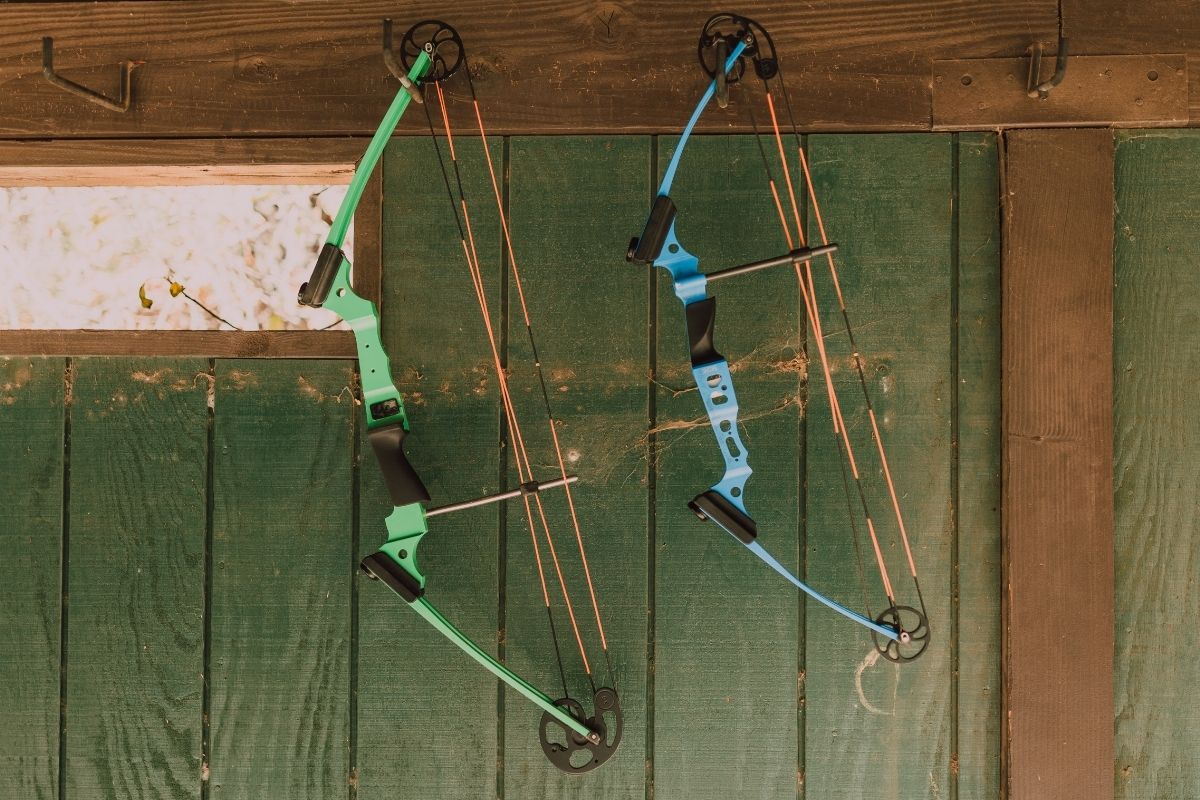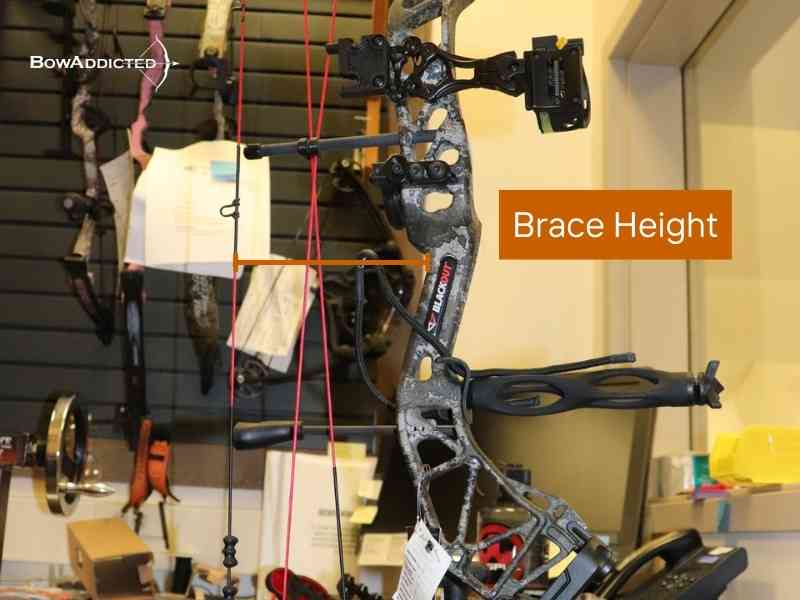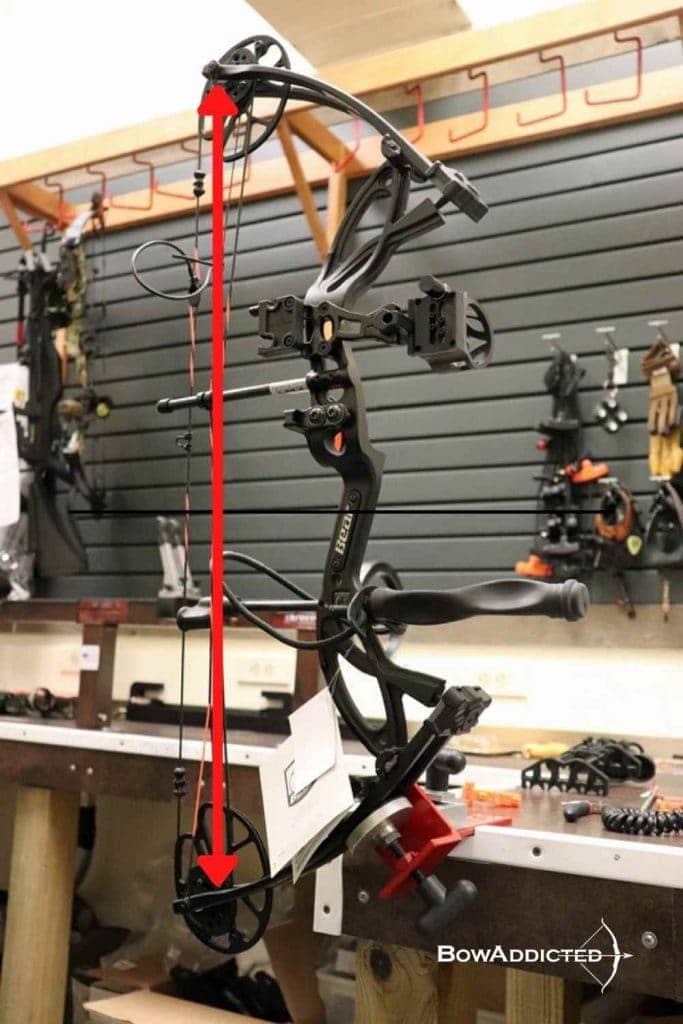If you’ve ever spent time discussing archery with a group of enthusiasts, you may have heard someone describe a bow as ‘forgiving’ before. Even certain aspects and qualities of a bow can be described as forgiving.
Essentially, a bow is said to be ‘forgiving’ when it minimizes the effects of human error.
A forgiving bow might be terrible for expert archers to use because it restricts the amount of control they have over their equipment, but it could be great for a beginner.
In this article, we’ll be taking a closer look at what it means for a bow to be forgiving, what makes it this way, and whether it’s something you should look for.
Contents (Jump to Topic)
ToggleForgiving Or Sensitive?
Plenty of experienced archers out there don’t like the term ‘forgiving’ when describing bows. As one forum commenter pointed out, a bow will never forgive a mistake made by the archer.
If you set up your shot poorly or don’t execute it well, the bow won’t readjust everything for you and help your arrow fly straighter, regardless of how ‘forgiving’ it might be.
Instead, it’s better to think of bows as having different sensitivity levels. A less sensitive bow, therefore, could be considered more forgiving.
A highly sensitive bow could be very useful for an expert archer because they can exhibit full control over their bow.
However, a less sensitive bow is often much better for beginner or casual archers because their mistakes are less amplified.
What Makes A Bow Forgiving?
Now that we understand more about what it means for a bow to be forgiving let’s look at some factors that can affect this quality.
Brace Height
If you didn’t already know, brace height is the distance between the bowstring and the deepest part of the grip.
You can think of it as measuring the longest perpendicular point between the bow frame and the string.
Some archers believe it is this distance that most influence the forgivingness of a bow.
Theoretically, a longer brace height (greater distance between the string and the bow frame) should equate to a more forgiving shot.
The reasoning behind this logic is that the arrow spends less time on the string, and the archer has less chance to mess up the shot.
Some archers have found a longer brace height beneficial to their shots, while others have found a shorter brace height to be better.
We can conclude from all this that there’s no right or wrong answer when working out what brace height is best for everyone.
Each archer has its unique style and level of ability, so everyone will have different preferences regarding brace height.
Bow Length
Another argument could be made that the length of your bow will have the biggest impact on its forgivingness.
Most bows are measured from axle to axle, so you might see a bow sold with 35” ATA specifications.
All this means is that the bow measures 35 inches from one axle to the other (as illustrated in the picture above).
The idea behind bow length affecting forgivingness is that a longer bow will be easier to hold steady and minimize the effects of moving the bow, even if you’re a beginner.
Again, however, this is largely a matter of personal preference, and some archers might prefer to have a shorter bow that they can wield a higher level of control over.
Also, if you intend to become a bow hunter – a “shorter” bow might be beneficial when hunting from confined spaces.
In general, bow length has less of an influence on the ‘forgivingness’ of a bow than brace height.
Is ‘Forgivingness’ A Myth?
Based on what we’ve covered so far, you’d be forgiven (no pun intended) for thinking that the whole concept of some bows being more forgiving than others is complete nonsense.
Some archers have concluded that the term ’forgiving’ has only been kept around in the archery world for so long because it sells more bows to beginners.
Think about it: when you’re starting in archery, your number one concern is getting the techniques right and avoiding mistakes.
If you’re then sold a bow that promises to ‘forgive’ your mistakes, you’d probably think it’s some miracle bow that will make you look like a better archer than you are.
Which beginner wouldn’t want to buy a bow like that?
Research and testing have found that some bows are more or less forgiving for certain archers but are so across various factors and characteristics.
In the same way that all bows are more or less effective for certain archers, they will be more or less forgiving.
Final Thoughts
It is up to each archer to decide what bow works best for them and what qualities they deem most important.
Many factors go into making a bow forgiving, and no definitive answer exists regarding which one is more important than the other.
Don’t be fooled by clever marketing language; try to focus on your technique when learning the sport.








